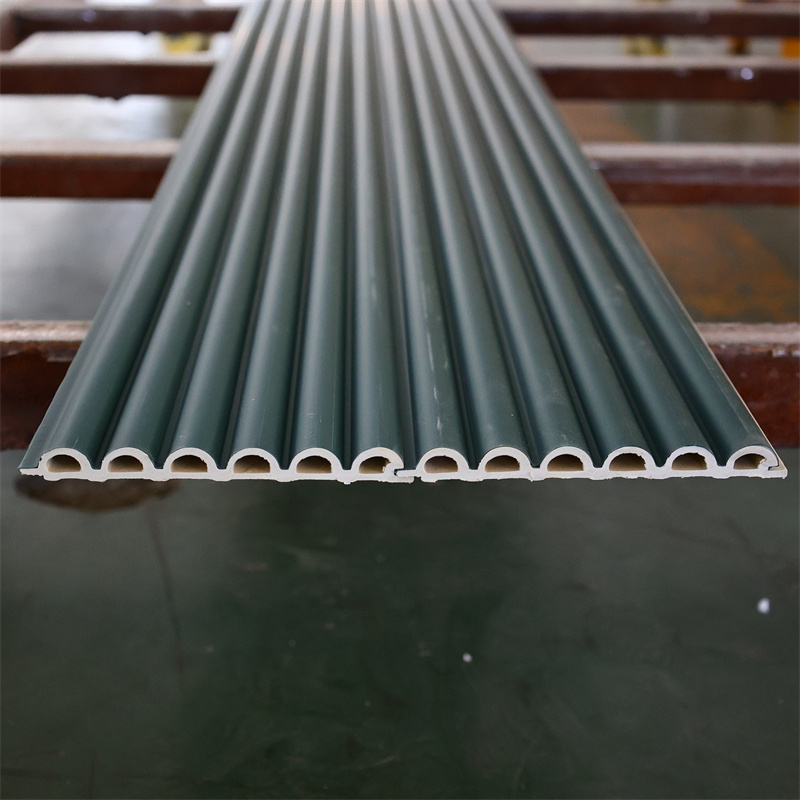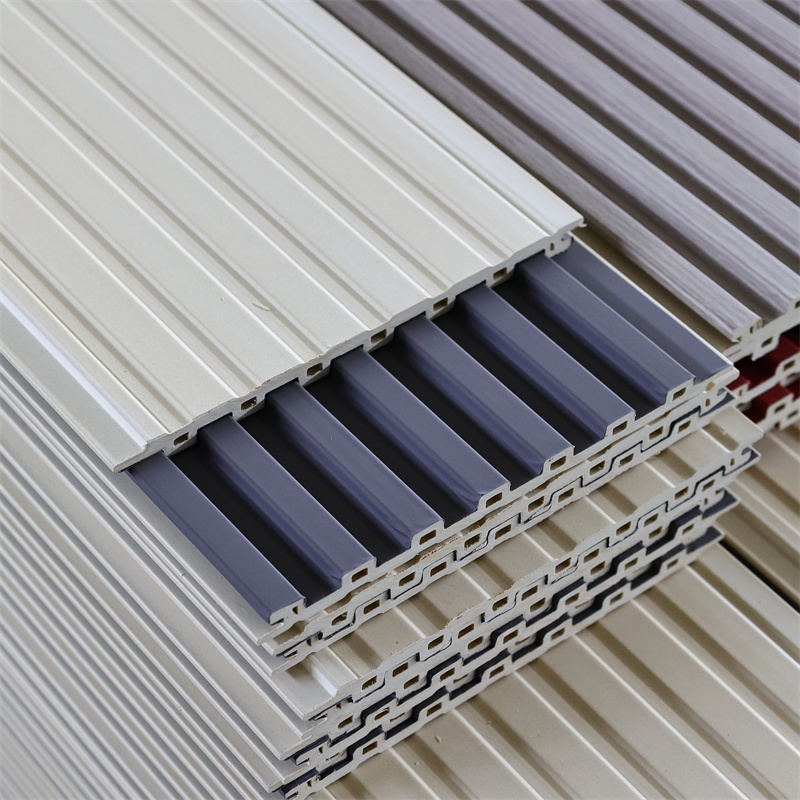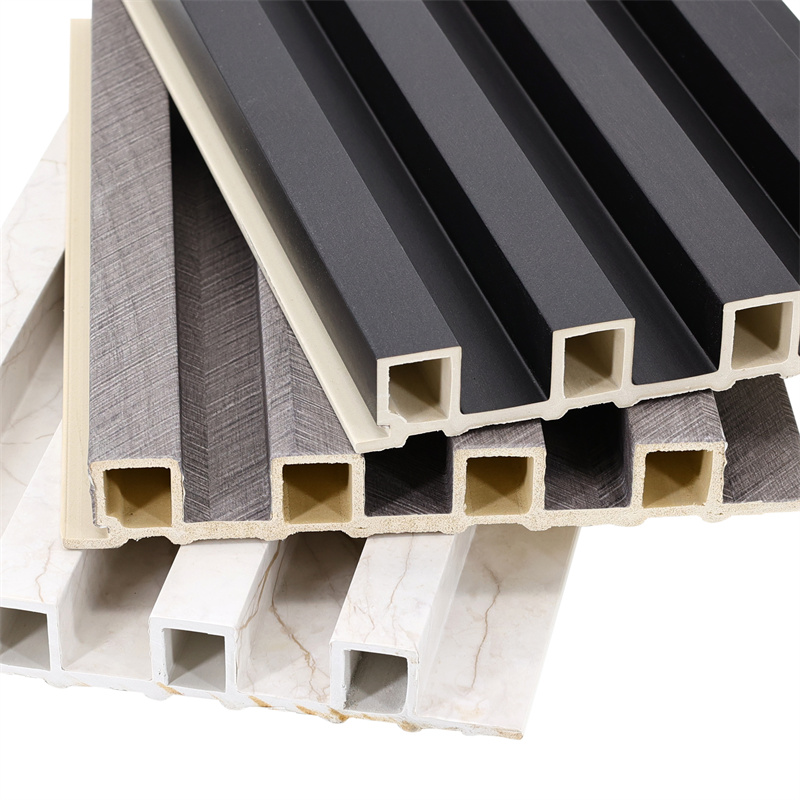
Wood Plastic Composite (WPC) wall panels have emerged as a popular choice for interior and exterior wall cladding due to their durability, versatility, and eco-friendly properties.
As demand for these panels grows, understanding the factors that influence their price becomes crucial for homeowners, designers, and builders alike.
This comprehensive guide aims to explore the various aspects of WPC wall panel pricing, comparing costs, and highlighting the benefits that come with investing in this innovative building material.
I. Understanding WPC Wall Panels and Their Advantages:
Before delving into the pricing considerations, it is essential to grasp what WPC wall panels are and why they have gained popularity in the construction industry.
WPC panels are a combination of wood fibers or flour and thermoplastics, resulting in a material that offers the best of both worlds – the natural appearance of wood and the durability of plastic.
This composition makes WPC panels resistant to moisture, decay, and insects, offering significant advantages over traditional wood or other materials.
WPC wall panels come with several benefits, including:
- Durability: Unlike conventional wood, WPC panels do not warp, crack, or splinter, making them ideal for areas exposed to changing weather conditions.
- Low Maintenance: WPC panels require minimal upkeep, reducing the long-term maintenance costs associated with other materials.
- Eco-Friendly: The use of recycled materials in WPC panels contributes to environmental sustainability, making them a greener choice.
- Versatility: WPC panels can be easily molded into various shapes and sizes, providing design flexibility for architects and interior designers.
- Thermal and Acoustic Insulation: WPC panels offer excellent thermal and sound insulation properties, enhancing the energy efficiency of buildings.

II. Factors Influencing WPC Wall Panel Price:
- Raw Material Quality: The quality of raw materials, such as wood fibers and thermoplastics, significantly affects the price of WPC wall panels. Higher-grade materials may lead to a slightly higher upfront cost but can result in superior performance and longevity.
- Panel Thickness and Size: Thicker and larger WPC panels tend to be more expensive due to increased material usage and manufacturing complexity. The choice of panel size should align with the specific project requirements and budget considerations.
- Surface Finishes and Colors: The type of surface finish and color options can influence the cost of WPC wall panels. Textured finishes or custom colors may come with a premium price compared to standard options.
- Brand and Manufacturer: Established brands with a proven track record in producing high-quality WPC panels may charge a premium for their products. However, opting for reputable manufacturers often ensures better quality and customer support.
- Certification and Standards: WPC wall panels that meet industry standards and possess certifications for fire resistance, environmental impact, and quality assurance might be priced slightly higher than non-certified alternatives.
III. Comparing WPC Wall Panel Costs with Other Materials:
To make an informed decision, it is essential to compare the cost of WPC wall panels with other popular wall cladding materials, such as traditional wood, vinyl siding, brick, and natural stone.
- WPC vs. Traditional Wood: While WPC panels may have a higher initial cost than traditional wood, their low maintenance and extended lifespan can lead to long-term cost savings.
- WPC vs. Vinyl Siding: Vinyl siding may have a lower upfront cost, but WPC wall panels provide superior durability and aesthetics, making them a valuable investment over time.
- WPC vs. Brick: Brick cladding can be costlier to install due to labor-intensive construction, whereas WPC panels offer a more straightforward and quicker installation process.
- WPC vs. Natural Stone: Natural stone cladding is renowned for its elegance but can be substantially more expensive than WPC panels, making WPC an attractive alternative for budget-conscious projects.

IV. Weighing the Benefits: The Value of WPC Wall Panels:
After comparing the costs and benefits of WPC wall panels, it becomes evident that the advantages they offer justify the initial investment.
By factoring in the durability, low maintenance, eco-friendliness, design versatility, and thermal and acoustic insulation properties,
WPC panels provide a cost-effective and sustainable wall cladding solution.
WPC wall panels have proven to be a game-changer in the construction industry, providing an optimal balance of cost-efficiency and performance.
This ultimate guide has shed light on the various factors influencing WPC wall panel pricing, allowing homeowners,
architects, and builders to make well-informed decisions when considering this innovative building material.
By weighing the benefits and comparing costs with other materials, one can confidently embrace WPC wall panels as a reliable and sustainable choice for enhancing the aesthetics and durability of any building project.